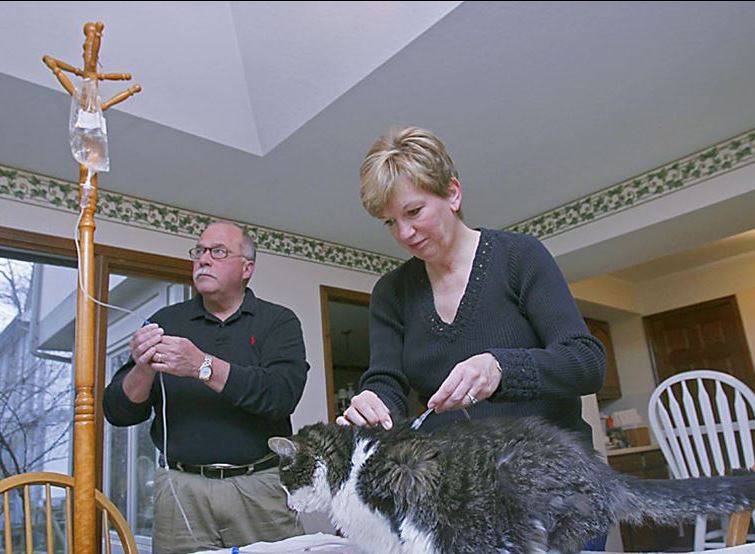Advancements in veterinary medicine have made some commonplace, once fatal illnesses in shelters such as parvovirus no longer so. In the past, parvovirus was an almost certain death sentence in a shelter. Today, a dog with parvovirus can have a good to great prognosis for recovery and many shelters are even creating “parvo puppy ICUs.”
And just as medical rehabilitation is advancing, so is its behavioral counterpart. Advancements in our understanding of dog behavior have also allowed us to rehabilitate dogs who were once considered beyond saving. In one shelter, 90.4% of dogs who would have been killed for aggression in years past are being saved.
As such, many of today’s most innovative and progressive shelter directors are achieving save rates of 95, 96, 97, 98, even 99%. In some cases, they have achieved save rates of 100%. And yet, even as the No Kill movement pushes the envelope of what it means to be “treatable,” we are also redefining what it means to be “hopelessly ill.”
Some animals — such as cats diagnosed with kidney disease — are not in pain and can continue to have good quality of life for months and even years, through, for example, changes to diet and frequent administration of subcutaneous fluids.
Rather than kill them out of convenience, an increasing number of progressive shelters, such as the Sonoma Humane Society and Upper Peninsula Animal Welfare Shelter, are embracing the rapidly expanding field of veterinary palliative and hospice care for terminally ill animals by putting in place foster-based hospice (“fospice”) programs. Placing animals in fospice care extends both quantity and quality of life and is at the forefront of No Kill innovation.
These shelters are truly giving meaning to what should be the mission statement of every shelter in America: “All life is precious!”
————-
Have a comment? Join the discussion by clicking here.
